
Ephesus, one of Türkiye's most iconic ancient cities, is rich in historical heritage. Located near the modern town of Selcuk in the Izmir province, Ephesus draws millions of visitors each year.
Let's explore why this ancient city is such a captivating destination for history enthusiasts and tourists alike.
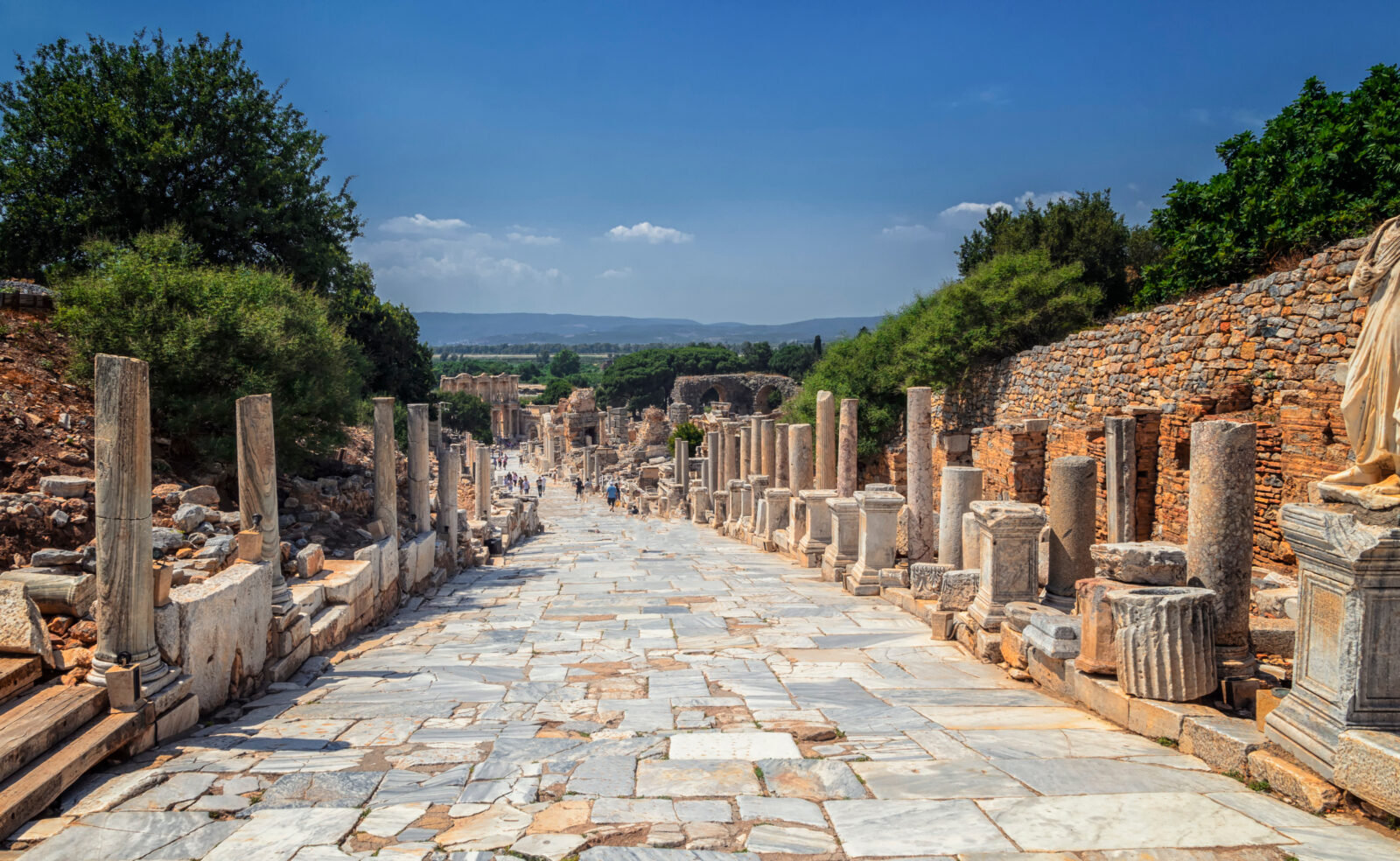
Ephesus has a history that dates back to the Neolithic Age, around 6000 B.C. Throughout its existence, it has been a meeting point of cultures, having been under the control of various civilizations including the Greeks, Romans and Persians. Initially founded by the Hittites, Ephesus was later reestablished in its current location by Alexander the Great’s general, Lysimachus, in 290 B.C.
The city reached its peak during the Roman period, becoming the capital of Asia Minor. With a population of approximately 200,000, it was second only to Rome in terms of size and importance. The city's strategic position as a major port and its role as a center of commerce and politics made it vital to the ancient world.
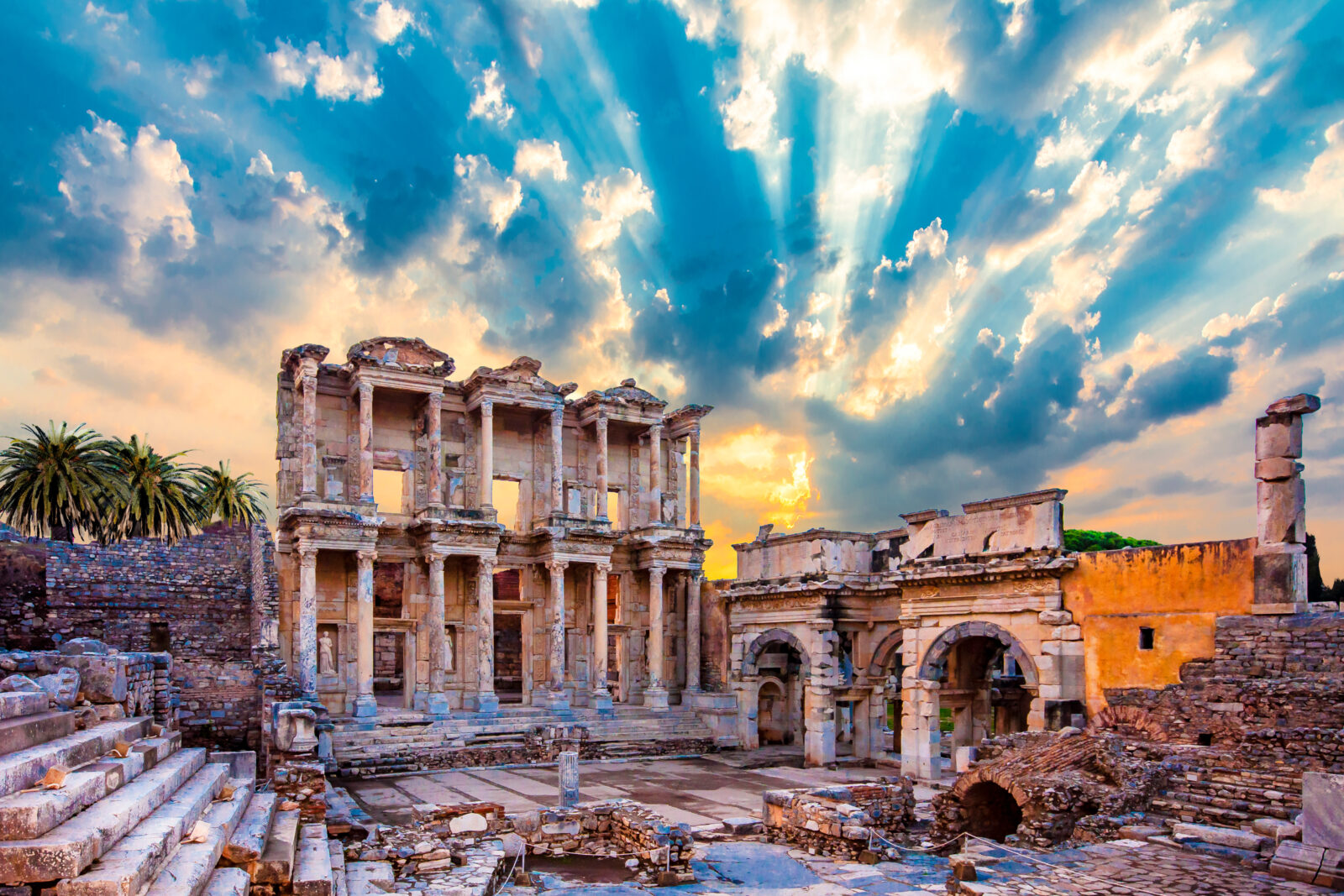
One of the most striking features of Ephesus is its well-preserved architecture. The Great Theater, which could hold up to 25,000 spectators, was the largest in the ancient world. It hosted various events including theatrical performances, political gatherings and gladiatorial contests. The theater's remarkable acoustics are still impressive today; visitors can stand on the stage and be heard clearly from the top rows.
The Library of Celsus, another notable structure, was constructed in 117 C.E. in honor of the Roman Senator Tiberius Julius Celsus Polemaeanus. This magnificent building once held around 14,000 scrolls and is known for its impressive facade, adorned with statues representing wisdom, knowledge and virtue. The library is particularly stunning at sunset when its intricate carvings and statues are bathed in golden light.
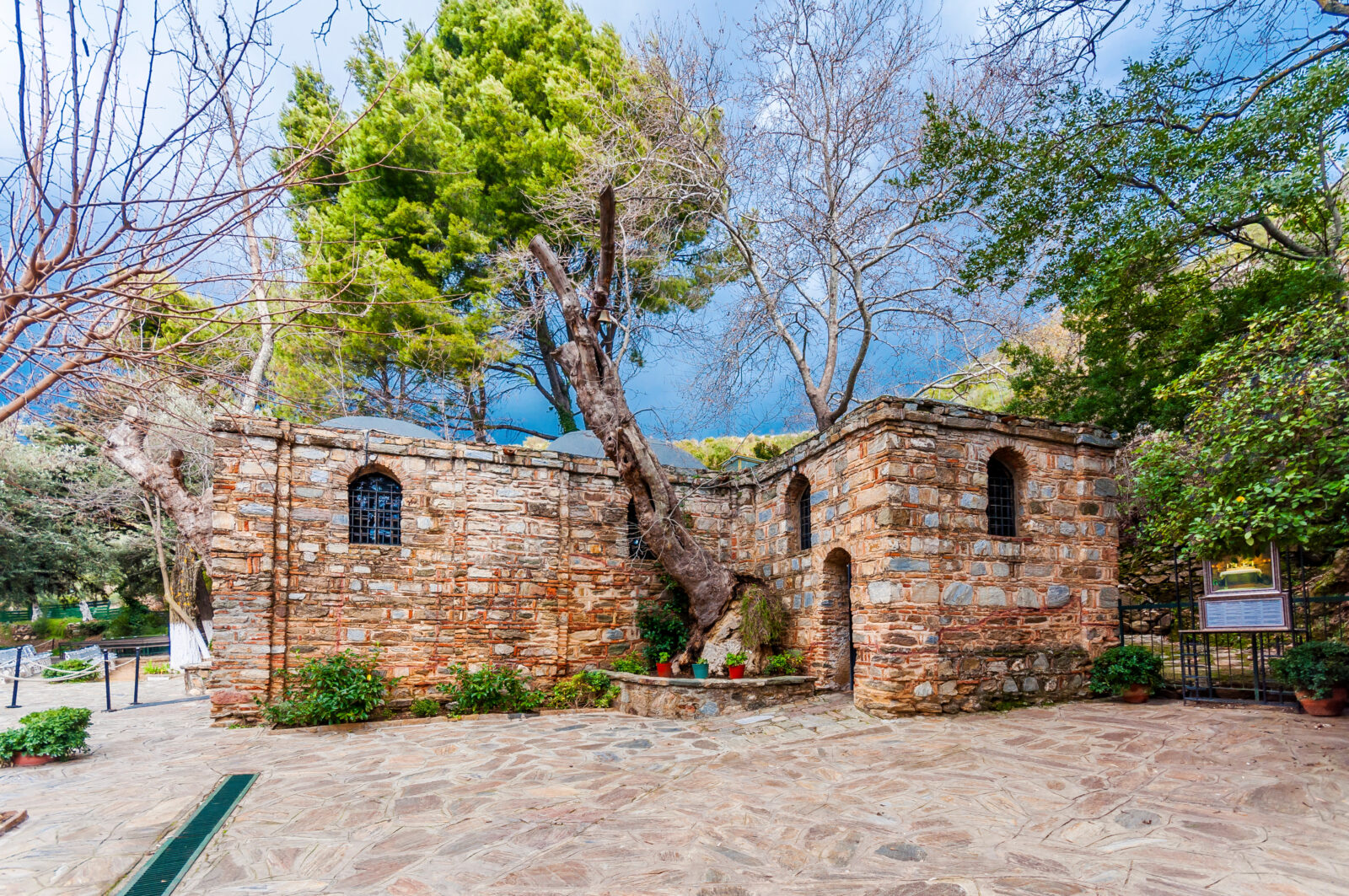
Ephesus holds great religious significance, particularly within Christianity. The House of the Virgin Mary, located a few kilometers from the city, is believed to be where Mary spent her final years. This humble stone house, now a pilgrimage site, is serene and offers a peaceful retreat for reflection.
The Basilica of St. John, built by Emperor Justinian in the sixth century, marks the burial site of John the Apostle. This basilica became a significant pilgrimage site for early Christians and offers panoramic views of the surrounding area.
Additionally, the city is home to the Temple of Artemis, one of the Seven Wonders of the Ancient World. Though only a single column remains today, the temple was once a grand structure dedicated to the goddess Artemis and was a major center of worship. The temple's sheer scale and the artistry of its ruins continue to inspire awe.
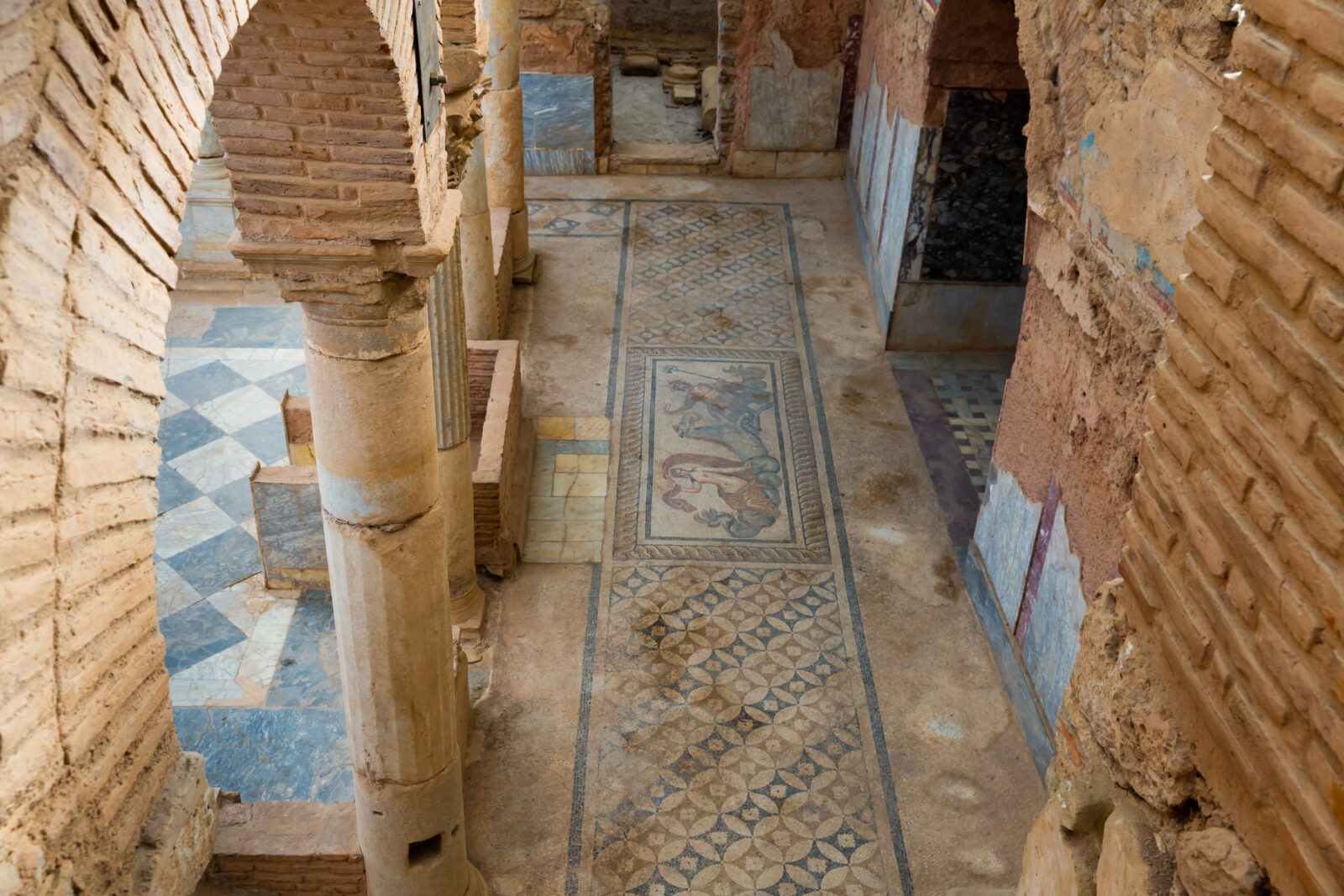
Ephesus also features several unique sites, such as the Terrace Houses, which offer a glimpse into the luxurious lifestyles of Ephesus' wealthy residents. These houses are noted for their intricate mosaics and frescoes, depicting scenes of daily life, mythology, and nature. The preservation of these artworks provides an intimate look at ancient domestic life.
Another fascinating site is the Cave of the Seven Sleepers, associated with a Christian legend of seven youths who slept for centuries to escape persecution. This site adds a layer of mystical intrigue to the city's rich tapestry of stories.
The city's ancient public toilets, or latrina, offer a quirky but insightful glimpse into Roman social customs and engineering. These well-preserved communal latrines were ingeniously designed with a sophisticated sewage system and provided a place for social interaction.
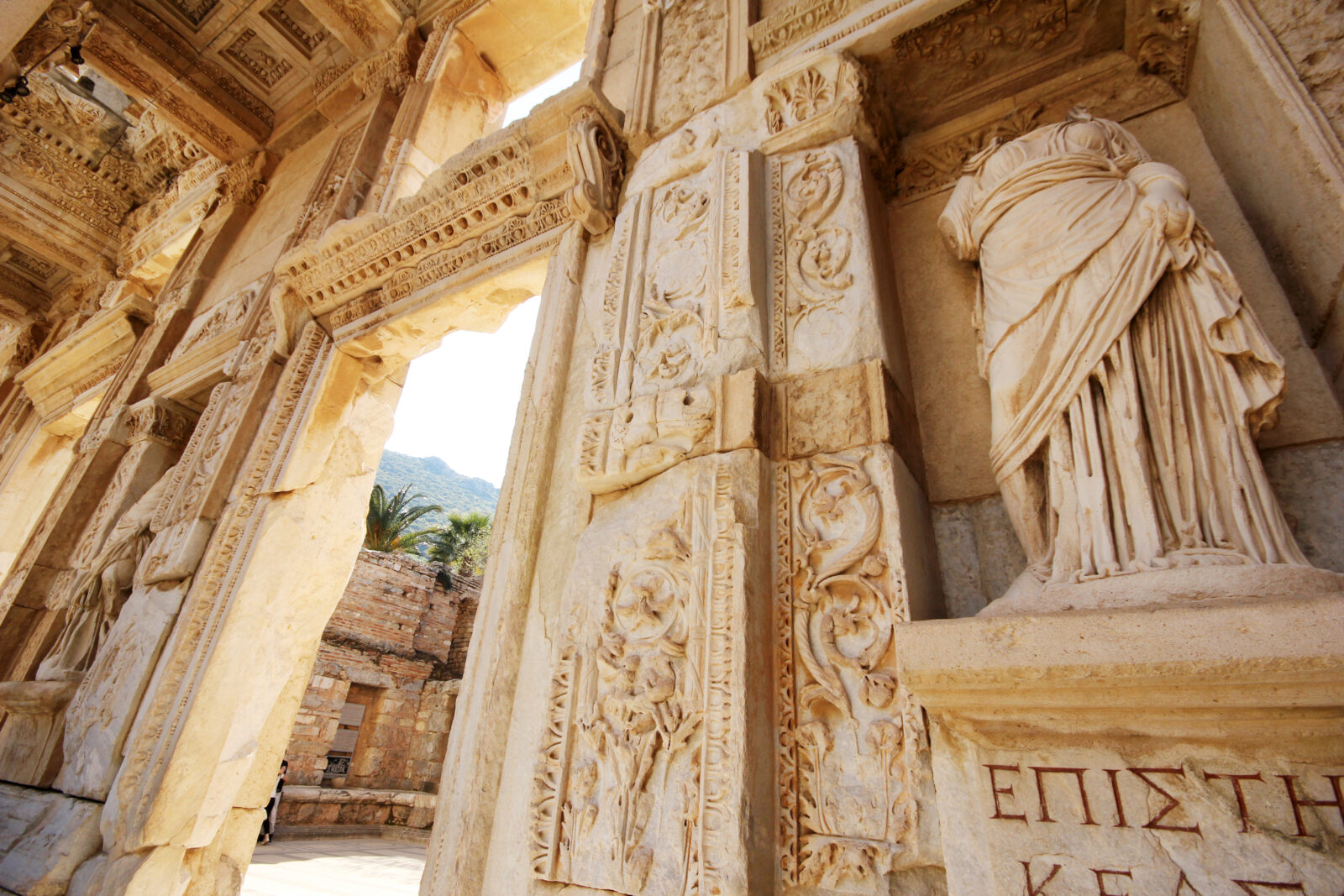
Ephesus is easily accessible from the city of Izmir, which is about 83 kilometers (51.57 miles) away. Visitors can reach Ephesus by car, bus, or train. Once in Selcuk, the ancient city is just a short minibus ride away.
A trip to Ephesus is a journey back in time, offering a unique opportunity to walk through the streets of one of the most significant cities of the ancient world. Its well-preserved ruins provide a vivid picture of life in antiquity and make it a must-visit destination for anyone interested in history and archaeology.